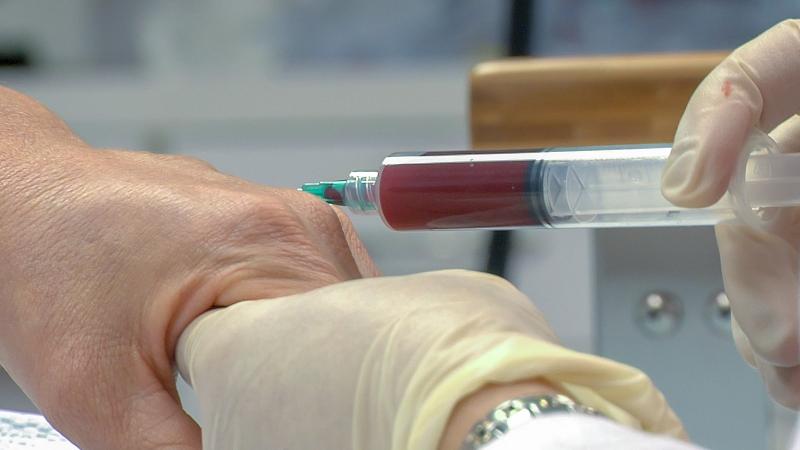Unraveling the Power of Blood Plasma Derivatives: Lifesaving Therapies from Liquid Gold
Introduction
Blood plasma derivatives, often referred to as "liquid gold," have played a crucial role in modern medicine, revolutionizing the treatment of various medical conditions. Derived from human blood plasma, these remarkable substances are a rich source of proteins, antibodies, and clotting factors that have proven to be lifesaving therapies. In this blog, we explore the significance of blood plasma derivatives, their diverse medical applications, and the rigorous process that ensures their safety and effectiveness.
What are Blood Plasma Derivatives?
Blood plasma derivatives are pharmaceutical products obtained from human blood plasma through a process known as plasma fractionation. Plasma is the liquid component of blood that remains after the red blood cells, white blood cells, and platelets are removed. It contains essential proteins and other components that play critical roles in various bodily functions.
The Plasma Fractionation Process
The plasma fractionation process involves separating the different proteins and components present in plasma. The collected plasma undergoes several steps, including cold ethanol precipitation, filtration, and chromatography, to isolate specific proteins and factors. These purified components are then formulated into various blood plasma derivatives used for medical purposes.
Medical Applications of Blood Plasma Derivatives
-
Coagulation Disorders: Clotting factors derived from plasma are essential for individuals with coagulation disorders, such as hemophilia and von Willebrand disease. These factors help patients form blood clots, preventing excessive bleeding and promoting wound healing.
-
Immunodeficiencies: Blood plasma derivatives are crucial for individuals with primary immunodeficiency disorders. Immunoglobulins, also known as antibodies, obtained from plasma, provide passive immunity and help boost the immune response.
-
Autoimmune Disorders: Plasma-derived immunoglobulins are also used to treat certain autoimmune conditions, such as Guillain-Barré syndrome and immune thrombocytopenic purpura (ITP).
-
Burns and Trauma: Albumin, a protein found in plasma, is used to treat patients with severe burns, trauma, or hypovolemic shock as it helps maintain blood volume and blood pressure.
-
Alpha-1 Antitrypsin Deficiency: Individuals with alpha-1 antitrypsin deficiency, a genetic disorder affecting the lungs and liver, may benefit from plasma-derived alpha-1 antitrypsin therapy.
Ensuring Safety and Quality
The production of blood plasma derivatives is subject to strict regulatory oversight and quality standards to ensure safety and efficacy. Rigorous donor screening, testing for infectious diseases, and advanced purification processes are employed to minimize the risk of transmitting infections.
Future Perspectives
Blood plasma derivatives have been indispensable in medical practice for decades, and ongoing research continues to explore their potential in treating other conditions. As science advances, new therapeutic applications and innovative manufacturing techniques may emerge, further expanding the scope and impact of blood plasma derivatives in healthcare.
Conclusion
Blood plasma derivatives have emerged as life-transforming therapies, extending and improving the lives of patients battling a range of medical conditions. From coagulation disorders to immunodeficiencies, these "liquid gold" substances play a vital role in modern medicine. The ongoing advancements in research, technology, and manufacturing processes ensure that blood plasma derivatives remain safe, effective, and accessible to those in need. As the medical community continues to explore and harness the potential of these remarkable substances, the horizon of possibilities expands, promising a future with enhanced treatments and improved patient outcomes.
